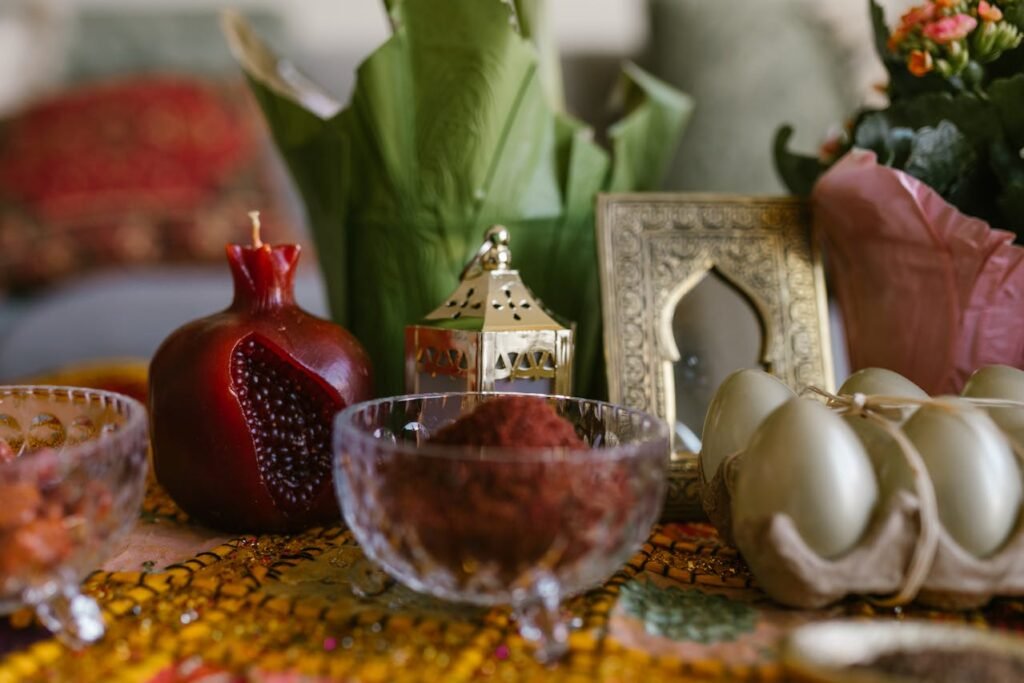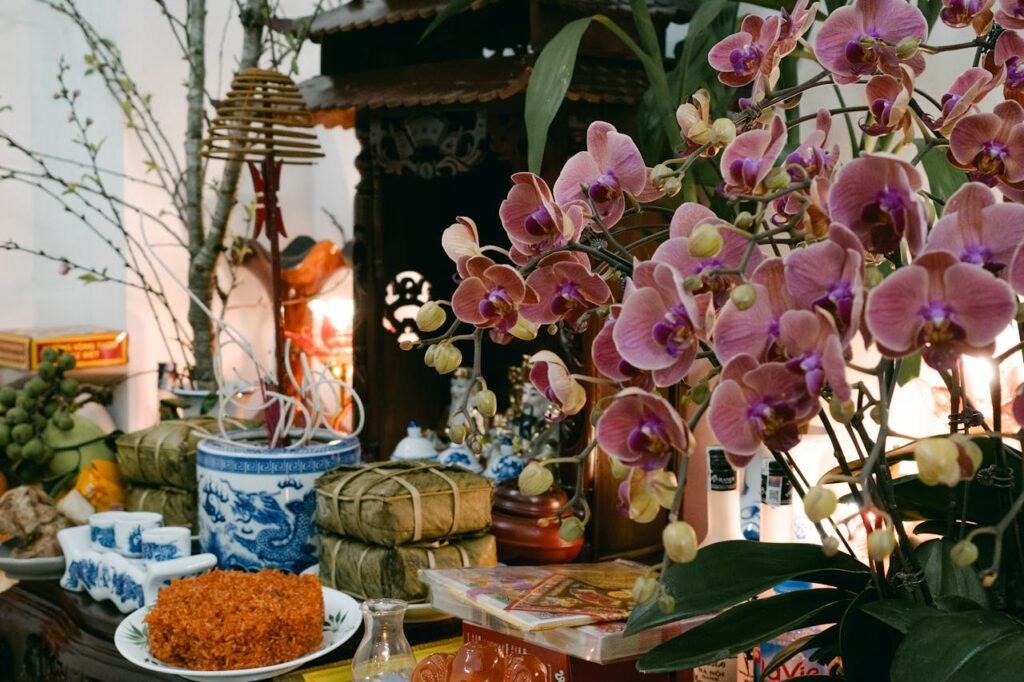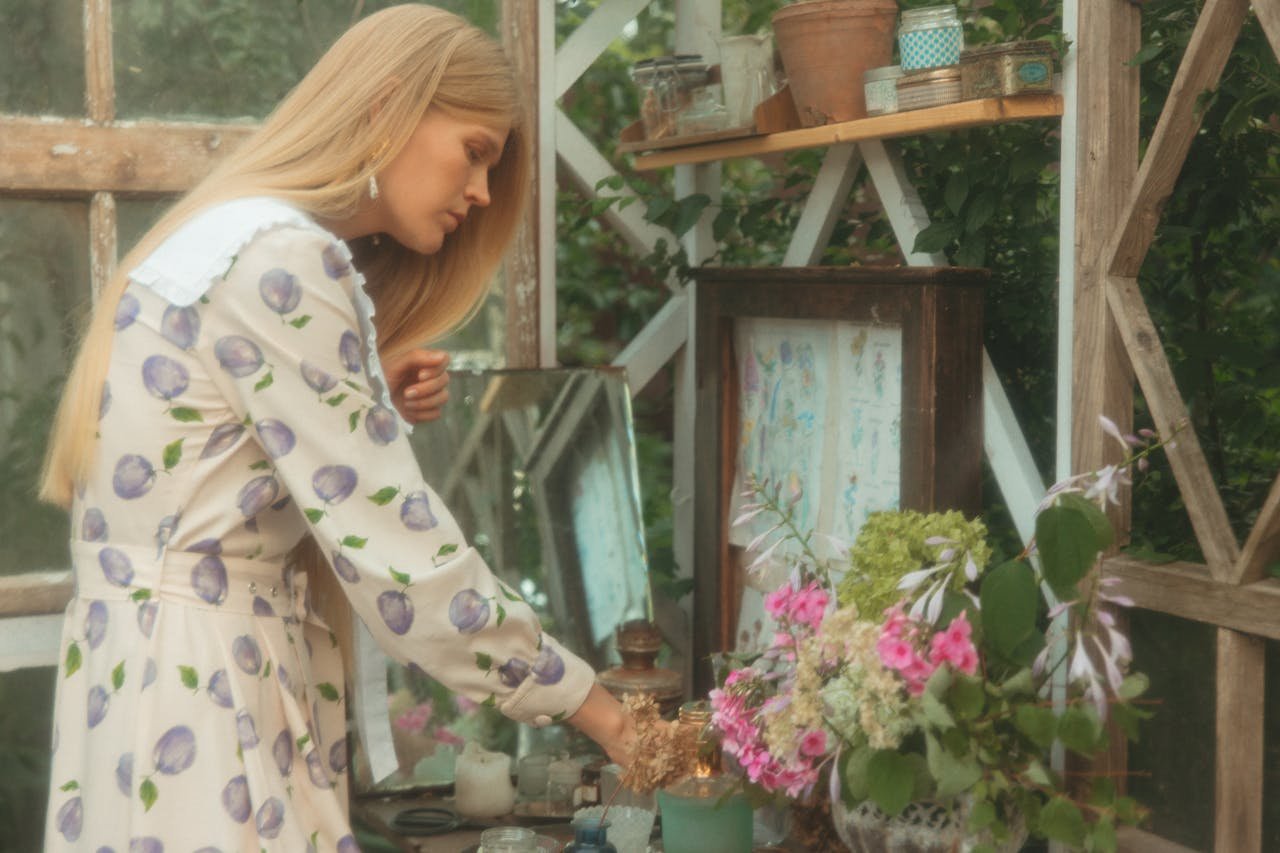As winter’s chill recedes and nature bursts into bloom, the season of spring invites a resurgence of life and energy. For many, this period of rejuvenation is an opportunity to create a sacred space that honors the transition and reflects personal intentions. Crafting a spring altar can be a deeply meaningful practice, engaging the senses and centering the spirit.
Understanding the Essence of an Altar
An altar is a designated space for connecting with the spiritual planes, often adorned with symbols that represent one’s beliefs, intentions, and aspirations. Traditionally, altars are created to honor deities, ancestors, or the sacred elements of nature. The act of assembling an altar can serve as a meditative practice that fosters mindfulness and intentionality in our daily lives.

The Symbolism of Spring
Spring embodies themes of rebirth, growth, and renewal. It is a time when many cultures celebrate fertility and the awakening of the Earth. Symbolically, it resonates with concepts of new beginnings and transformations. Flowers bloom, trees flourish, and animals awaken, providing inspiration for your altar’s design (Graves, 2021).
Steps to Create Your Spring Altar
Creating a spring altar is a personal journey, and each individual’s altar will reflect their unique intentions. Here are steps to guide you in crafting a meaningful space:
1. Choose Your Location
Select a quiet and peaceful spot in your home or garden, where you can connect with the energies around you. This could be a windowsill that receives ample sunlight, a corner of your living room, or outdoors in your garden. The spot should feel sacred to you.
2. Gather Natural Elements
Spring is nature’s canvas, offering a wealth of materials to incorporate into your altar. Collect items such as:
- Fresh Flowers: Tulips, daffodils, and hyacinths symbolize renewal and beauty.
- Branches and Green Foliage: Incorporate sprigs of new growth to represent life force.
- Stones or Crystals: Amethyst, rose quartz, or clear quartz can amplify the positive energies of your altar (D’Amato, 2019).
3. Include Symbolic Objects
Think about what spring means to you personally. Consider including:
- Candles: Light symbolizes clarity and transformation. Choose colors that resonate with spring, such as green for growth or yellow for joy.
- Images or Statues: Representations of deities, nature spirits, or symbolic animals aligned with spring—like the hare or butterfly—connect the energy of the season to your personal spirituality.
- Personal Belongings: Incorporate items that hold sentimental significance, such as photographs or keepsakes that inspire growth or change.
4. Set Your Intentions
As you place each item on your altar, think about the intentions you want to cultivate this spring. These can range from personal goals—such as health, joy, or creativity—to broader aspirations like environmental consciousness or community connection. Writing these down on paper and placing them on or near your altar can reinforce your dedication to them.

5. Incorporate Seasonal Rituals
Taking time to interact with your altar can deepen its spiritual meaning. Consider:
- Morning Rituals: Start your day by lighting a candle and offering a quiet moment of gratitude.
- Weekly Updates: Change flowers or add new elements as spring progresses, reflecting personal growth and changing intentions.
- Meditation or Reflection: Spend a few minutes in silence before your altar, breathing deeply and visualizing your intentions coming to fruition (Smith, 2020).
Keep It Alive
Maintaining your altar throughout the season will keep its energy vibrant. Revisit it regularly, refreshing items as necessary and adjusting its elements to reflect your changing intentions.
Embracing Community and Nature
Spring is not only a celebration of personal growth but also of communal connections and environmental consciousness. Consider inviting friends for a joint altar-making session or participating in community rituals that honor the spiritual significance of the season. Engaging with others can amplify intentions and foster a sense of unity that nourishes the spirit.
Conclusion
A spring altar represents much more than a collection of objects; it serves as a vibrant manifestation of your intentions and connection to nature. As you breathe life into your sacred space, remember that true renewal begins from within, harmonizing with the energy of the world around you. In the words of renowned botanist and author Robin Wall Kimmerer, “When we see the world as alive… we become its voice” (Braiding Sweetgrass, 2013). By creating your altar, you join in this shared reverence for the ever-renewing cycle of life.
References
- D’Amato, Vanessa. “The Healing Power of Crystals.” The Crystal Journal, 2019.
- Graves, Robert. The White Goddess: A Historical Grammar of Poetic Myth. Farrar, Straus and Giroux, 2021.
- Kimmerer, Robin Wall. Braiding Sweetgrass: Indigenous Wisdom, Scientific Knowledge, and the Teachings of Plants. Milkweed Editions, 2013.
- Smith, Laura. “Creating Space: The Importance of Altars.” Mindful Living, 2020.
















